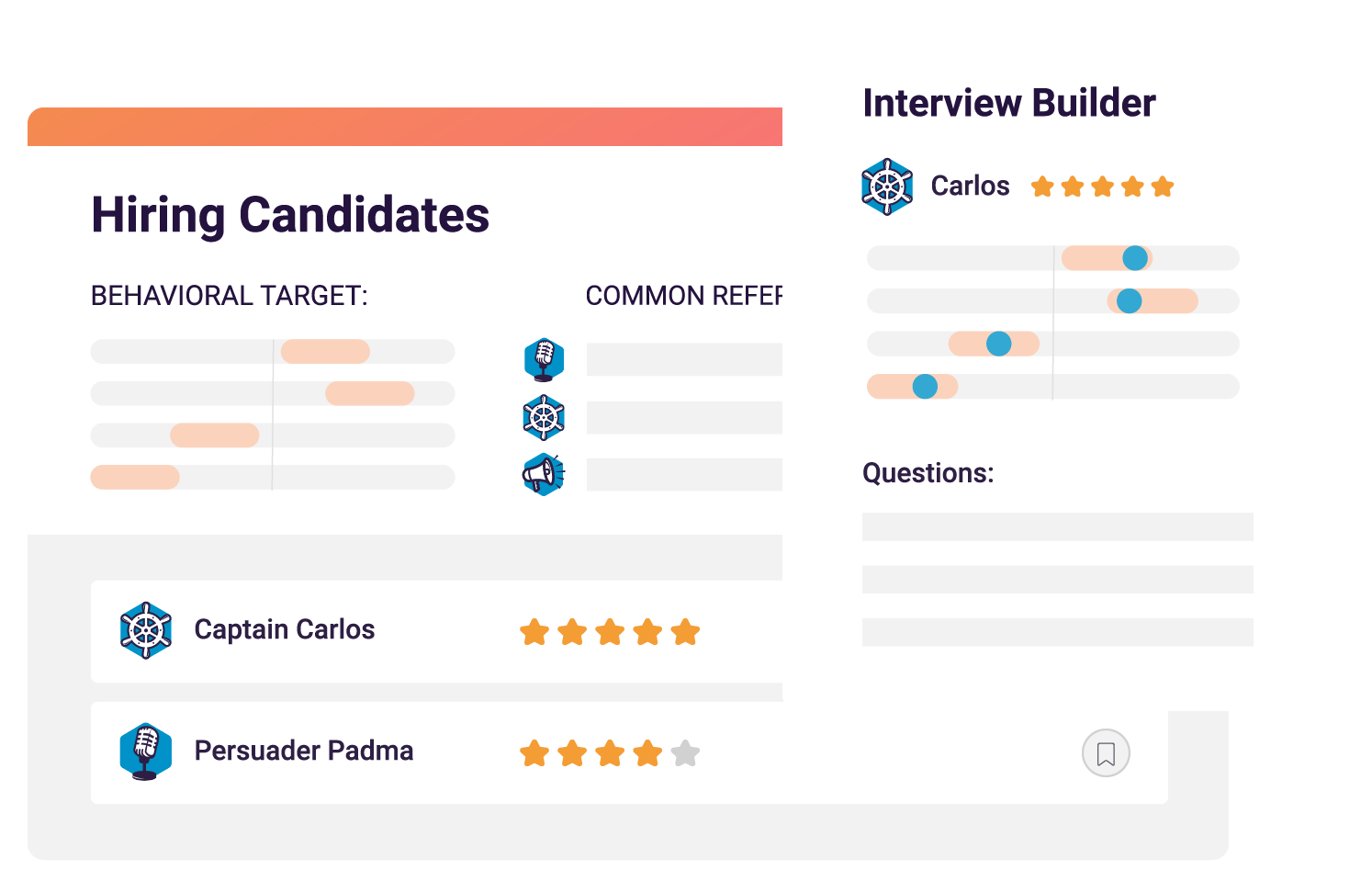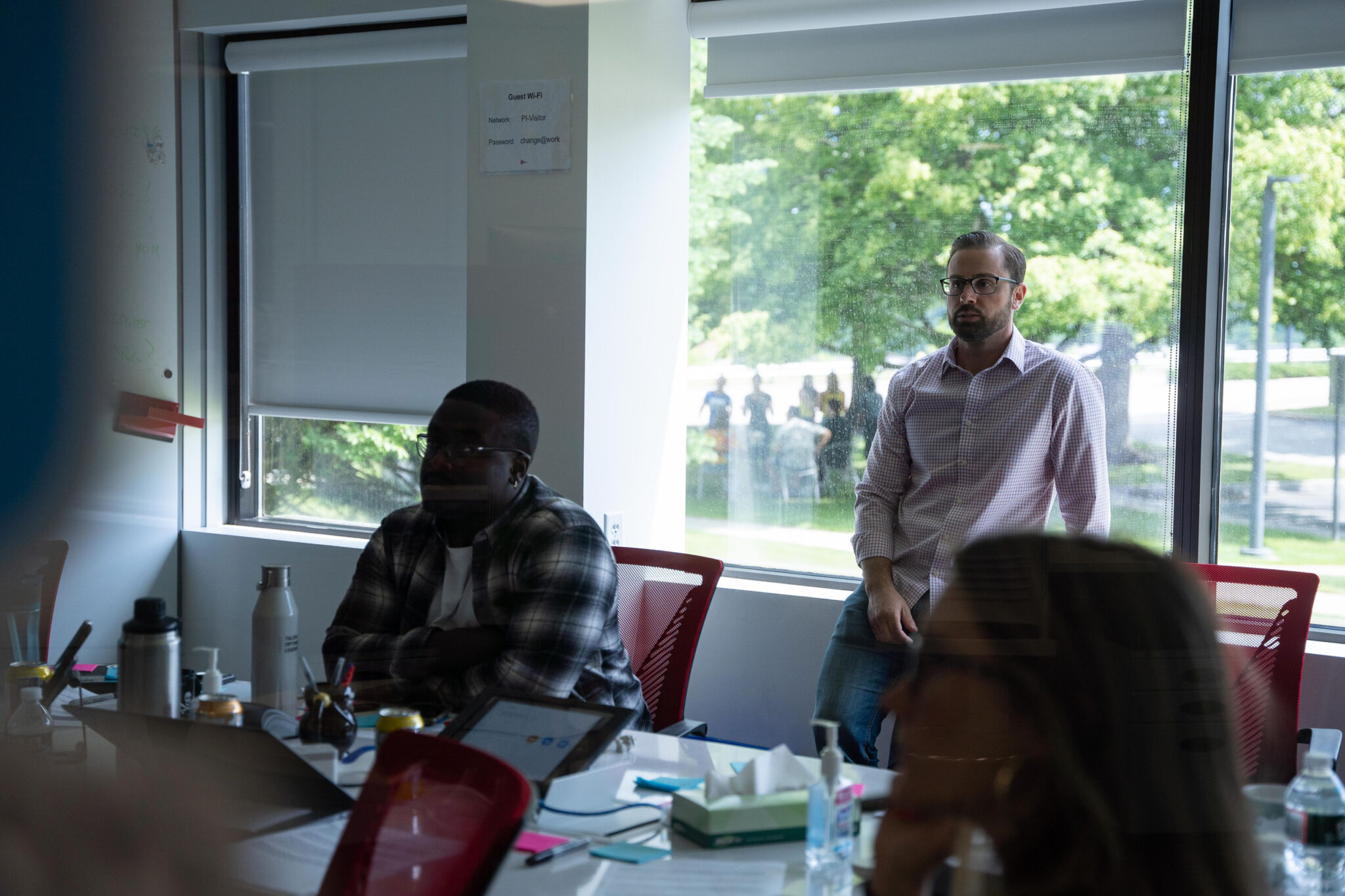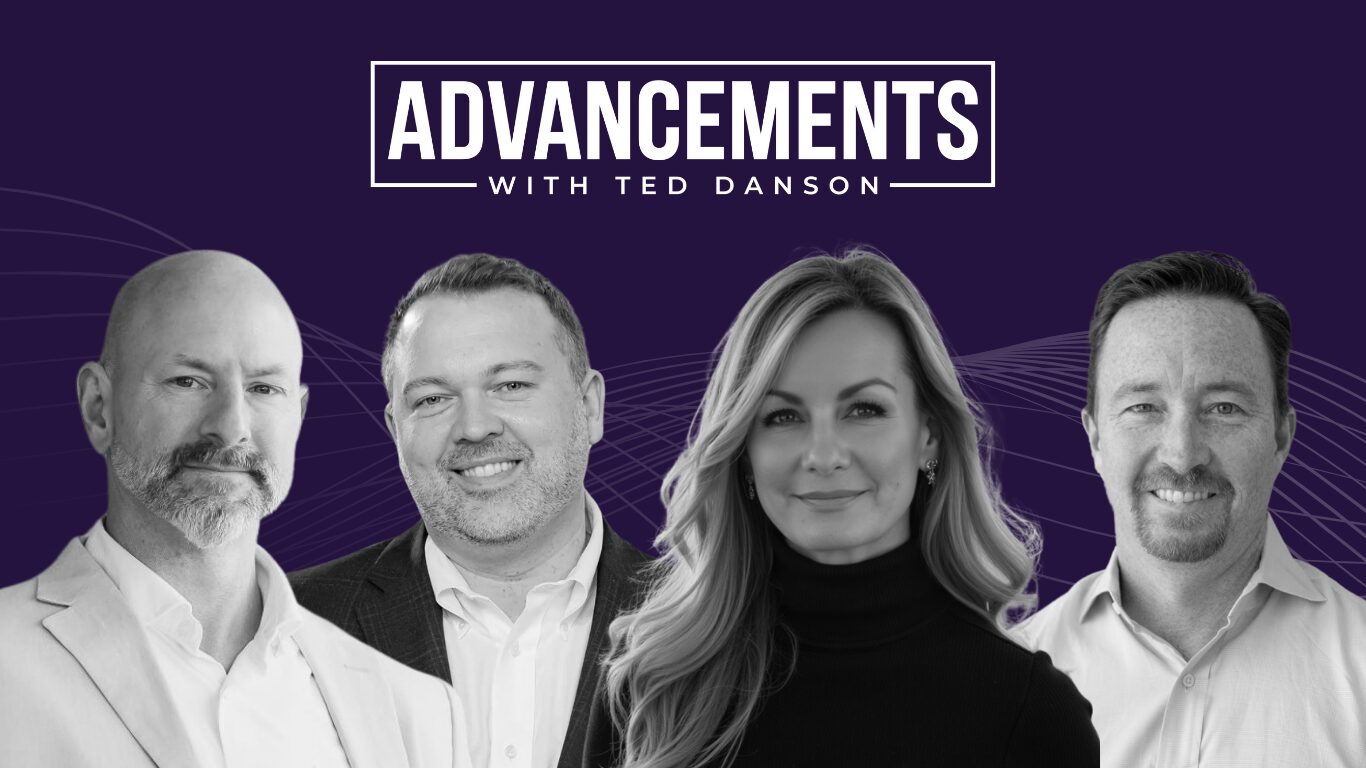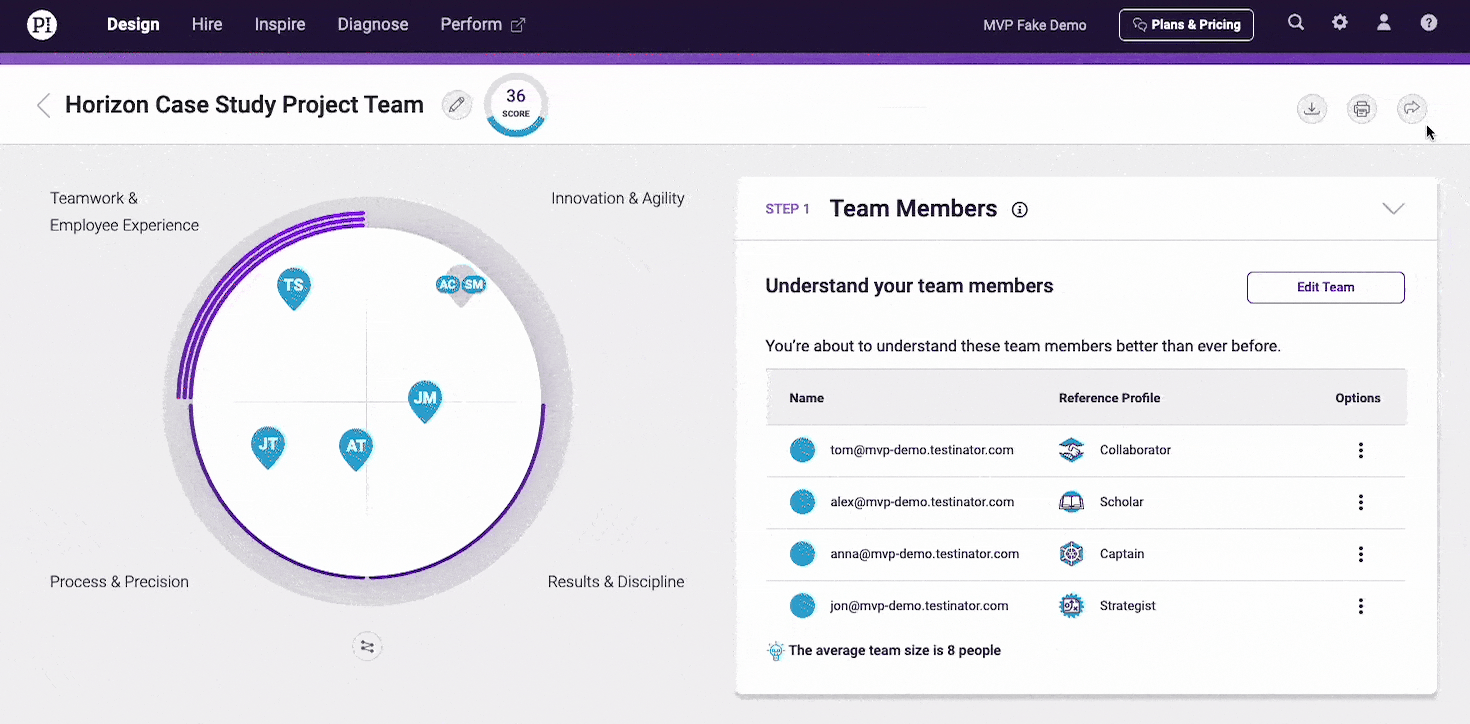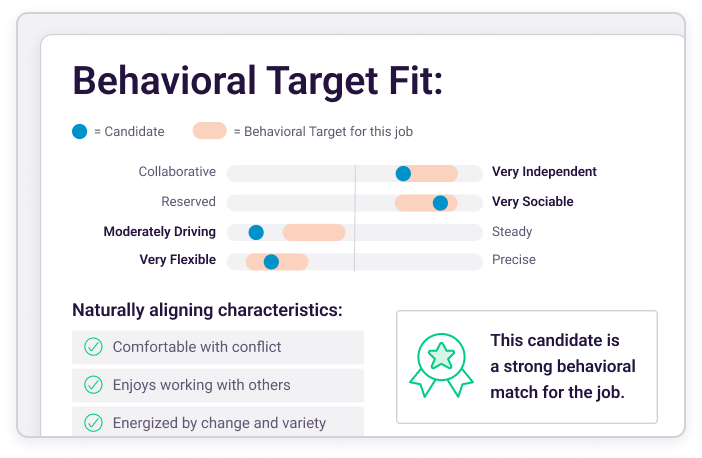I was never a huge Ariana Grande fan, but her song “7 rings” is a jam. I know a lot about Ariana Grande based on that song—namely what she values—because she tells us in no uncertain terms: “Breakfast at Tiffany’s and bottles of bubbles, diamonds, ATM machines. Buy myself all of my favorite things.”
I happen to value very different things, but the message is clear, and so is her strategy: “I see it, I like it, I want it, I got it.”
I don’t make a habit of learning critical business lessons from pop stars, but she did give me some food for thought. It’s important to be clear and explicit, especially when it comes to critical elements of your business—like your business strategy, mission, vision, and values.
And here’s the thing:
Your strategy is only as good as the people who execute it.
Harvard Business Review backs this up, citing that 76% of CEOs named employee interaction as the reason a business strategy succeeds or fails. Your mission, vision, and values signal your employees’ role in delivering on that strategy.
All too often, when someone mentions mission, vision, and values in a corporate setting, employees and candidates alike roll their eyes. It’s a tune they’ve all heard before and one that’s not always followed through on.
But when implemented and executed properly, mission, vision, and values can be powerful tools for strategic good. When done correctly, they show your people how to close the gap between business strategy and results by giving them a roadmap for how to go about their work.
On the flip side, they become problematic and can even create organizational toxicity when they’re stagnant and not actively incorporated into the fabric of company culture. Mission and vision statements must be crafted to deliver on business strategy.
Recently, I sat down with Kirk Arnold, experienced CEO, a lecturer at MIT, and executive in residence at a notable VC firm. Here are seven lessons I learned from Kirk about the importance of mission, vision, and values.
[video_embed_wistia url=”https://piworldwide.wistia.com/medias/o7jfcehim1″][/video_embed_wistia]
1. Be clear about the differences between mission, vision, and values.
Mission, vision, and values inform your employees on how to execute your business strategy. As a leader, it’s essential to know exactly what mission, vision, and values are—and how they differ—as they serve different functions and provide different signals to your employees about expected behavior.
2. Don’t create your mission, vision, and values in a vacuum.
Mission, vision, and values aren’t resigned to the C-Suite. In fact, they’re critical tools every person in your organization should be familiar with. Don’t create them in a vacuum. Make sure you get buy-in from your people.
3. Make your values part of the review process.
One way to really make sure your values take hold is to use them as a framework for evaluating progress and performance. If employees know that their work will be measured against these three things, they’ll be more likely to grasp their importance and follow through on execution.
4. Managers, hold others accountable!
Managers are essential to making sure your organization’s mission, vision, and values manifest. Holding others accountable can be difficult, but it helps to reinforce the kinds of behavior that will help your organization achieve its goals.
5. When crafting your mission, vision, and values, make sure they resonate and inspire.
Your mission, vision, and values should get your employees to see the big picture and should inspire them to shoot for the stars. Using language and words that inspire greatness will give your people something to aspire to and provide perspective.
6. Be about the possibilities.
It’s not just about making money anymore. In fact, it’s more important than ever to think about what’s possible. If you focus on where you want to go, your employees will focus on it, too.
7. Mission, vision, and values are differentiators.
As the war for talent continues to rage, crafting mission, vision, and values statements that your organization stands by will set you apart from the pack. They’re not just fluffy buzz words—they’re an opportunity to win.
In the end, your people will make the difference when it comes to success or failure. But adhering to these seven critical lessons will make it easier for them to get on board when it comes to executing on your business strategy.
Join 10,000 companies solving the most complex people problems with PI.
Hire the right people, inspire their best work, design dream teams, and sustain engagement for the long haul.
